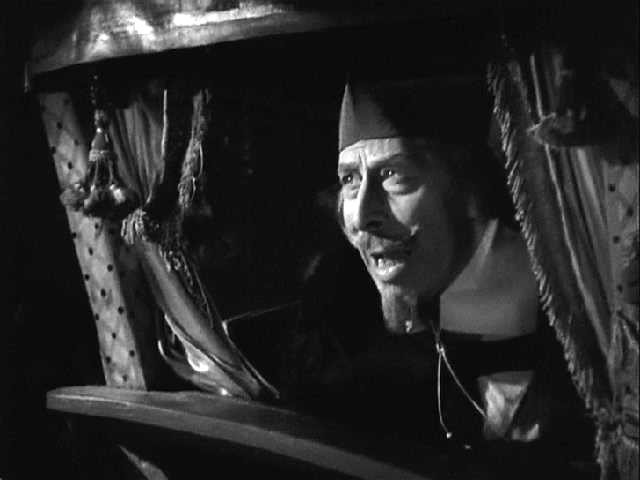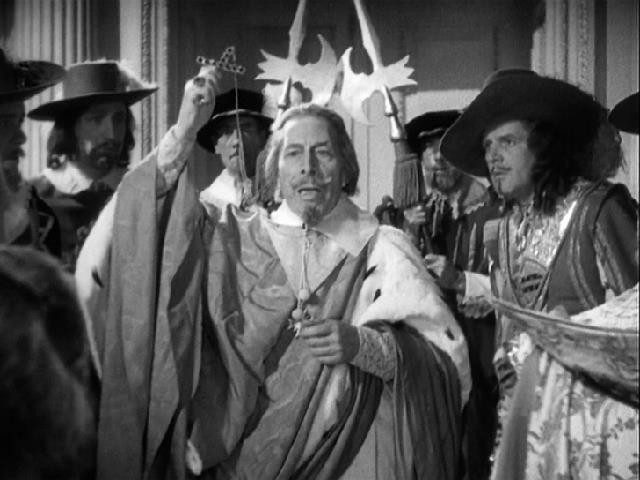Few major stars are as forgotten today as George Arliss. In 1985 when I wrote an article on him for Films in Review, he had been relegated to a mere footnote in film history. The practice was generally to make fun of his movies and his “outdated” acting style. It is true that his style was from another generation even when his movies were new. Arliss was 32 when the 20th century rolled around. He’d learned his craft in the 19th century. He didn’t make his first movie till he was 53. He made his true mark on the movies with the advent of sound — winning a Best Actor Oscar for the talkie version of Disraeli (1929) when he was 61. (He’d toured in the play for years and made a silent version — only one reel of which is known to survive — in 1921.) It more or less set the pattern for his next six years as a major movie star.
He alternated between historical dramas (romps really) and comedies as Warner Bros. prestige star, enjoying a degree of creative freedom otherwise unknown to dramatic actors. He chose the scripts, had a hand in them, chose the costumes, sets, furnishings, actors, locations (he was a pioneer in sound location filming), etc. He rehearsed his films like plays in front of whatever actors and technicians could be used for an audience. His is the unique case of the actor as auteur. The reason for this was that he had the complete confidence of Warner production head Darryl F. Zanuck. That relationship was so harmonious that when Zanuck left WB to found 20th Century Pictures (later merged with Fox) for whom he made his final three Hollywood films before homesickness and wife (and sometimes co-star) Florence’s failing health caused him to return to England. (In 1938, he retired from movies to take care of the then completely blind Florence.)
Cardinal Richelieu — his Hollywood swan song — may not be his best work, but neither is it far from it, and there is no stinting on the budget. Zanuck sent him off in fine style in an elaborate vehicle. Arliss is clearly having a grand time as the scheming Cardinal Richelieu — getting every ounce of juice out of the grand theater of Bulwer-Lytton’s old warhorse, Richelieu, that had been reconfigured somewhat to accomoate the things Arliss’ audience expected of him. As previously noted, the film plays fast and loose with the reality of Cardinal — not only turning him into the hero of the piece, but nearly making him a man of action. That merely means that he dons some armour and briefly leads an army out of Paris. Most of the sword action is given over to romantic lead Cesar Romero, but Arliss undeniably gives us a lively and improbably active and likable Richelieu. (In his final years, Richelieu had to be carried or wheeled around.)
No, it ain’t history. It’s history presented as a George Arliss historical romp — with Arliss brandishing his dry wit throughout. But that’s just fine. It was never intended to be anything else. Is it theatrical? Yes, though by this time Arliss was a much subtler performer that he had been in his first talkies. The larger question ought to be whether or not it’s entertaining. And that it very much is. In fact, I have never seen an Arliss film that wasn’t entertaining. I’m not at all sure we can ask for more than that.








Speaking as a Cardinal of the Roman Catholic Church, as First Minister of Louis XIII, and as one of the architects of the modern world already – would you say that Harold Larch was a man of good character?
Your mind is like a dusty attic.